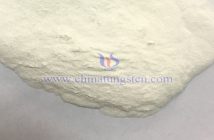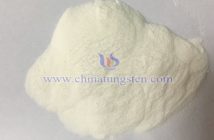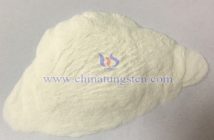Ammonium metatungstate (AMT) produced by CTIA GROUP LTD is a high-purity white powder renowned for its excellent mechanical, chemical, and thermal properties. It finds widespread application in the preparation of metallic tungsten powder, catalyst production, the fireproofing industry, and the ceramics industry.
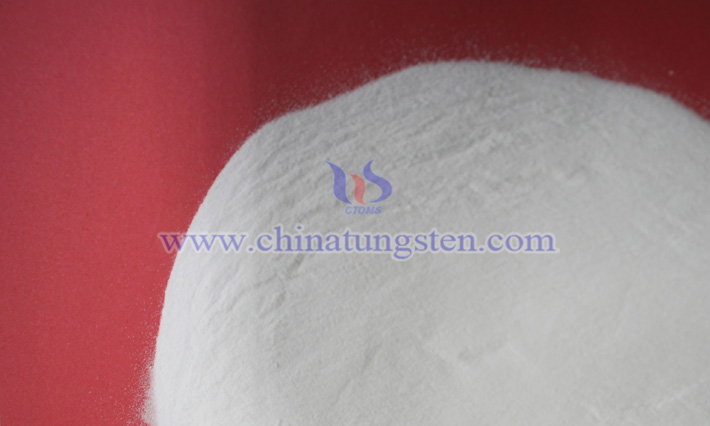
I. Metallic Tungsten Preparation
AMT serves as a critical precursor in the production of high-purity metallic tungsten. Through chemical methods such as hydrogen reduction or carbon reduction, the tungsten element in AMT can be efficiently extracted and converted into metallic tungsten. Tungsten is celebrated for its exceptional physical properties, including an ultra-high melting point of 3,410°C, excellent mechanical strength, good electrical conductivity, and outstanding corrosion resistance. These characteristics make it an indispensable element in the production of high-performance materials. For example, in the electronics industry, tungsten is widely used to manufacture filaments and electrodes, with its high melting point ensuring stability under extreme temperatures. In the aerospace sector, tungsten’s strength and heat resistance make it an ideal choice for crafting jet engine components. Furthermore, tungsten powder is utilized in producing hard alloy tools, which are highly valued in mechanical manufacturing for their wear resistance and cutting performance.
II. Catalyst Field
In the petrochemical and organic synthesis industries, AMT plays a vital role as a key raw material for preparing tungsten-based catalysts. During petroleum processing, these catalysts efficiently facilitate reactions such as cracking, hydrorefining, and isomerization, transforming crude oil into high-value fuels and chemical products. These reactions not only enhance the quality of petroleum products—such as reducing sulfur content to meet environmental standards—but also significantly improve production efficiency while cutting energy consumption and waste emissions. In organic synthesis, catalysts derived from AMT exhibit outstanding performance. For instance, in olefin epoxidation reactions, they precisely add oxygen atoms to double bonds to form epoxides, while in alcohol oxidative dehydrogenation reactions, they demonstrate high selectivity and activity.
III. Fireproofing Industry
AMT excels in the production of fire-resistant fabrics. As an additive in fabric finishing agents, it significantly enhances the flame-retardant properties of textiles. The mechanism lies in AMT’s decomposition at high temperatures into flame-retardant substances like tungsten oxide, which form a protective layer on the fabric surface. This layer isolates oxygen and suppresses flame propagation. Compared to traditional flame retardants, AMT not only effectively slows the burning rate during a fire but also reduces the extent of flame spread, providing more time for evacuation and property protection. Additionally, its excellent chemical stability and strong compatibility with fabric substrates ensure durability, resisting degradation from washing or prolonged use. These qualities make it widely applicable in fireproof materials for public spaces, households, and industrial facilities.
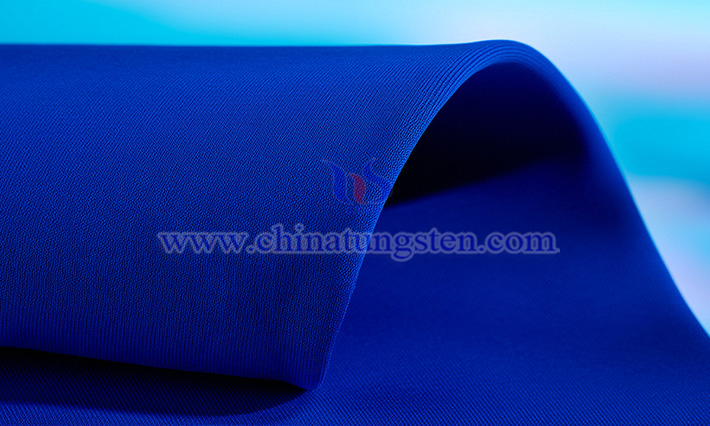
IV. Ceramics Industry
In the ceramics industry, AMT serves as a performance-enhancing additive, profoundly impacting the sintering process and final properties of ceramic materials. Acting as a flux, it significantly lowers the sintering temperature, reducing energy consumption and simplifying production processes. Simultaneously, the tungsten oxide generated from AMT decomposition fills the pores between ceramic particles, promoting material migration and diffusion, thus accelerating the densification of the ceramic body. This process effectively minimizes internal pores and defects, resulting in a more uniform and compact structure. Moreover, AMT refines grain size and inhibits abnormal grain growth, markedly enhancing the mechanical strength of ceramics, such as flexural strength and fracture toughness.

